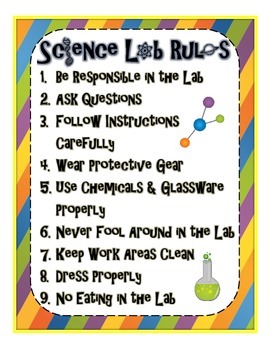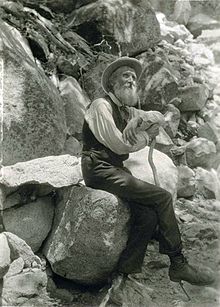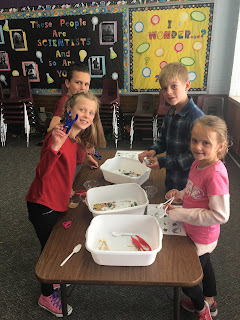Dinosaurs and Fossils!
(Paleontology)
We had a lot of fun learning about dinosaurs, fossils, and volcanoes! Did you know there have been 330 species of dinosaurs discovered? Paleontologists are scientists who study fossils and ancient life forms (dinosaurs). A fossil is the remains of a living organism from ancient times. In order for it to be considered a fossil, it must be at least 10,000 years old! WOW!
When the dinosaurs roamed the earth, over 200 million years ago, there was a lot of volcanic activity. We saw pictures of volcanoes and watched videos of them erupting.
Then we created our own tiny volcanoes.
We had a lot of fun learning about dinosaurs, fossils, and volcanoes! Did you know there have been 330 species of dinosaurs discovered? Paleontologists are scientists who study fossils and ancient life forms (dinosaurs). A fossil is the remains of a living organism from ancient times. In order for it to be considered a fossil, it must be at least 10,000 years old! WOW!
When the dinosaurs roamed the earth, over 200 million years ago, there was a lot of volcanic activity. We saw pictures of volcanoes and watched videos of them erupting.
Then we created our own tiny volcanoes.
Experiments:
We made vinegar and baking soda volcanoes!
We made vinegar and baking soda volcanoes!
We acted like Paleontologists and tried to get a dinosaur out of the ice!
We pressed objects into playdough to create our own fossils!
We looked at real fossils and read about where they came from.




























 .
.:focal(286x223:287x224)/https://public-media.si-cdn.com/filer/60/82/6082cd9d-f284-480a-8f54-d2880c3aeba9/npg_2006_79-carson-r.jpg)




:max_bytes(150000):strip_icc():format(webp)/Charles-Darwin-3000-3x2gty-56a4890a3df78cf77282ddaf.jpg)
















